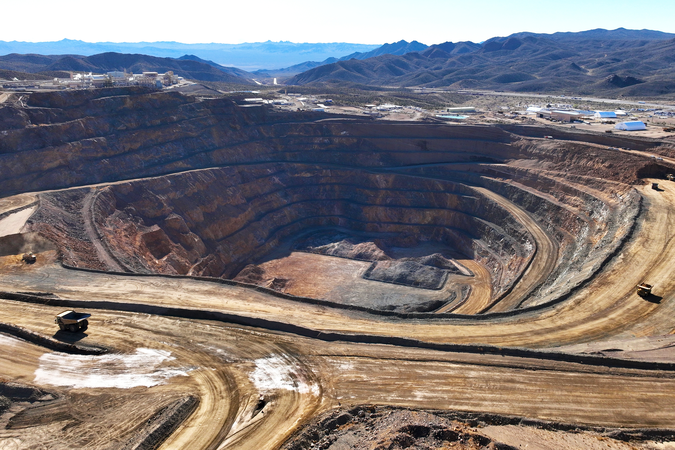Conservation Return on Investment Analysis: A Review of Results, Methods, and New Directions
This survey of existing literature related to achieving returns on conservation investments helps identify strategies to improve the scope, accuracy, and applicability of the method.
Conservation organizations rely on a number of tools to protect, restore, and manage natural resources and determine where to target their efforts. A conservation return on investment (ROI) analysis offers a way to synthesize measures of costs, benefits, and risks, and is used by conservancies to help effectively prioritize their activities, evaluate project success, and communicate the benefits of their investments.
In a new discussion paper, RFF researchers Jim Boyd, Rebecca Epanchin-Niell, and Juha Siikamäki survey the existing academic literature on conservation ROI analysis and identify strategies to improve the scope, accuracy, and applicability of the method.
According to the authors, many analyses of conservation efforts are relatively narrow in focus, aimed chiefly at measuring biophysical outcomes with significantly less emphasis on societal benefits as a whole. The authors argue for broadening the scope of ROI analysis, to more extensively incorporate the concept of ecosystem services so that their value may be better accounted for understood.
The long-term success of conservation ROI analysis depends on conservancies’ level of commitment to improving data, methods, and skills—as well as their willingness to articulate a clear set of ecological and social goals for conservation actions. Of course, challenges exist. Data relevant to conservation ROI can be costly to collect, investment efforts are often constrained by budgetary and administrative limits, and conservation organizations often lack specific, measurable objectives against which success can be evaluated.
The authors’ review of existing studies reveals a rich set of methods and data that, especially if more broadly applied, will allow conservation managers to more effectively target and improve conservation outcomes.






